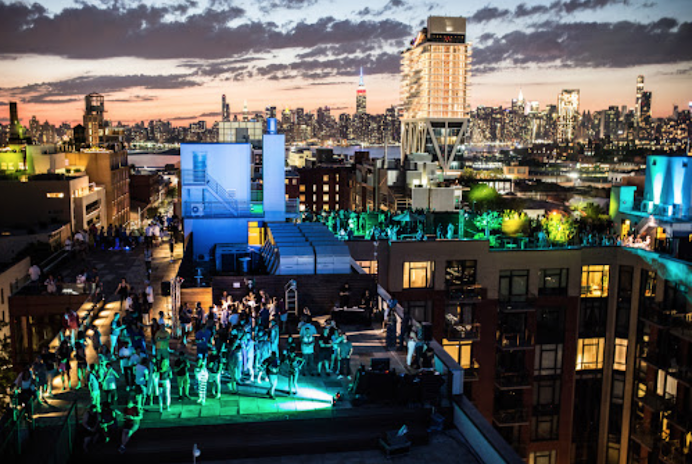Mastering the Art of Capturing Superior Audio at Real-Time Events
Wiki Article
Recording premium audio during live performances is crucial to ensuring that the is able to completely enjoy the experience. Whether an concert, a conference, or stage performance, crisp audio may greatly improve the effect of the event. In order to achieve this goal, it is important for one to understand various different elements involved to audio capture and how to effectively effectively manage these. This piece shall discuss key methods and equipment which may help in perfecting the craft of recording premium audio.
The first among the first steps in capturing great audio in choosing appropriate best gear. Mics play a vital part during the process. There are numerous types of microphones, such as dynamic-type, condenser-type, as well as lavalier microphones, each suited for specific situations. Dynamic-type mics are often utilized for loud settings, like concerts, as they are able to manage high sound pressure levels. On the other hand, condenser microphones are generally sensitive and are ideal in quieter settings, such as speeches and discussions. Understanding each strengths and weaknesses of each type will assist in selecting an most suitable mic for an event.
In addition to the choosing a suitable microphone, positioning it correctly is vital for capturing crisp audio. The placement for a mic may significantly influence the sound quality. For example, positioning the mic excessively distant away from the sound source may lead to faint audio, whereas placing the mic excessively near may cause distortion. It is crucial for one to achieve the balance that captures full entire spectrum in audio while avoiding sacrificing quality. Testing with different placements prior to an event may assist in determining the most effective placement for optimal sound clarity.
A further important factor to consider is the surroundings where the the takes place. Ambient sounds can interfere the audio clarity, rendering it difficult for audience members in order to listen to the main primary sound source. To reduce excess sounds, one should beneficial for one to perform a sound check before an occasion starts. Such a check enables the audio technician in order to identify any possible problems and make changes if needed. Additionally, utilizing acoustic insulation and setting up within an quieter area may additionally assist in reducing background noise and enhancing the sound quality.

Finally, post-event editing has a significant part for enhancing audio clarity. After the occasion, audio editing tools useful content may be used for refine up recording, remove any extraneous noise, and modify levels for consistency. Such a step step is to ensuring that final final result achieves high quality. Through taking time time to refine and refine the audio, the end outcome will become a polished audio that faithfully captures the real-time performance. Mastering such techniques shall not just improve the clarity of sound captured at real-time events and also enhance overall overall experience of the audience.